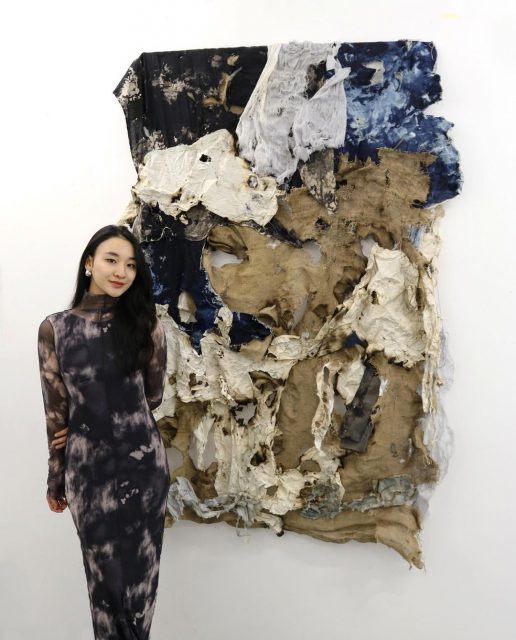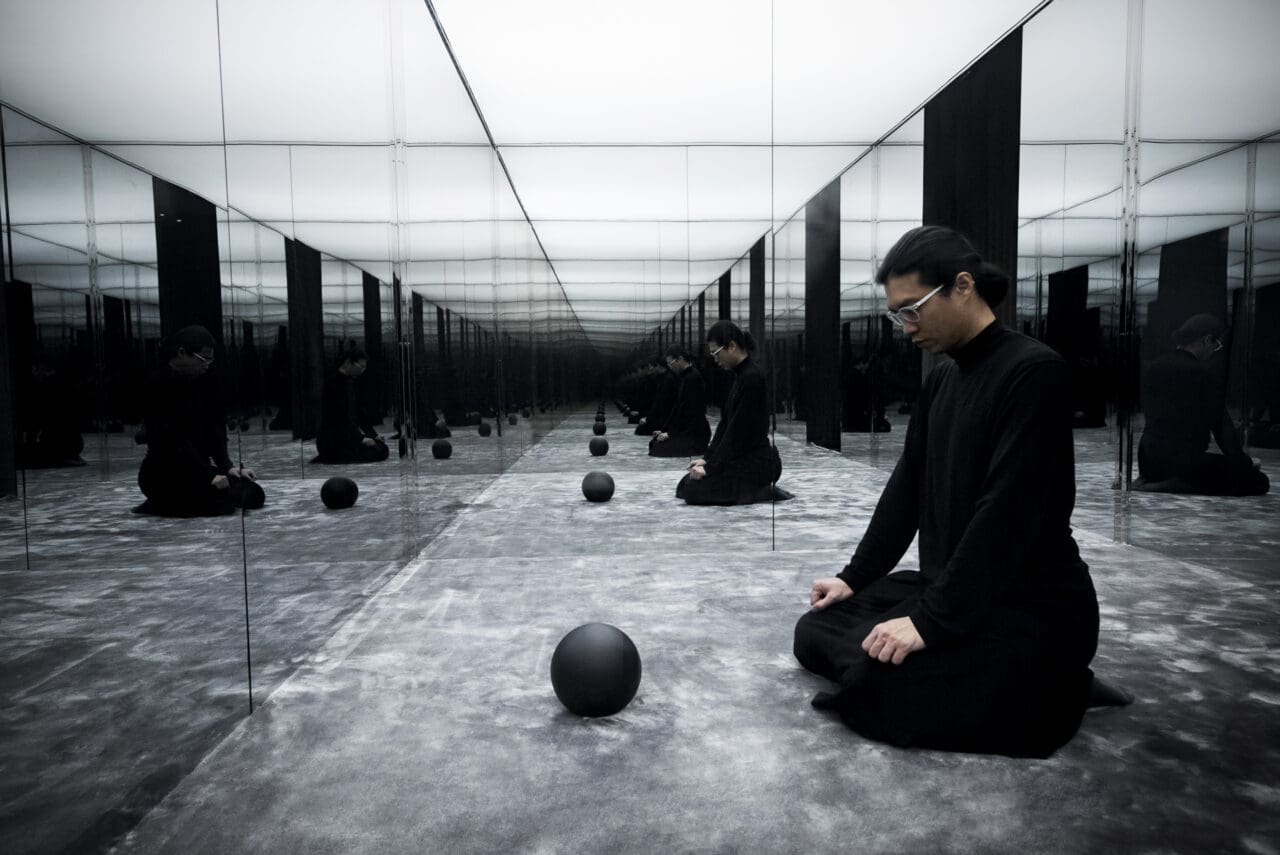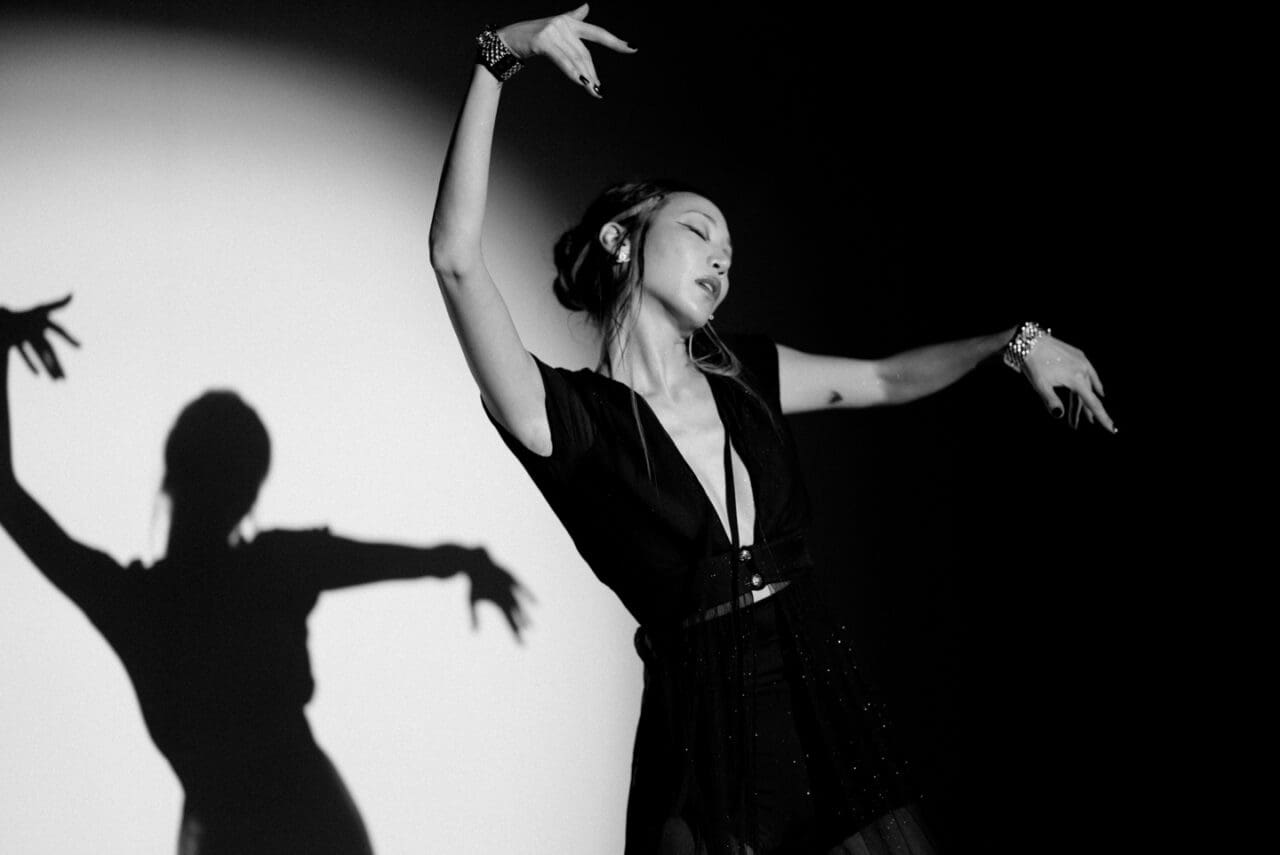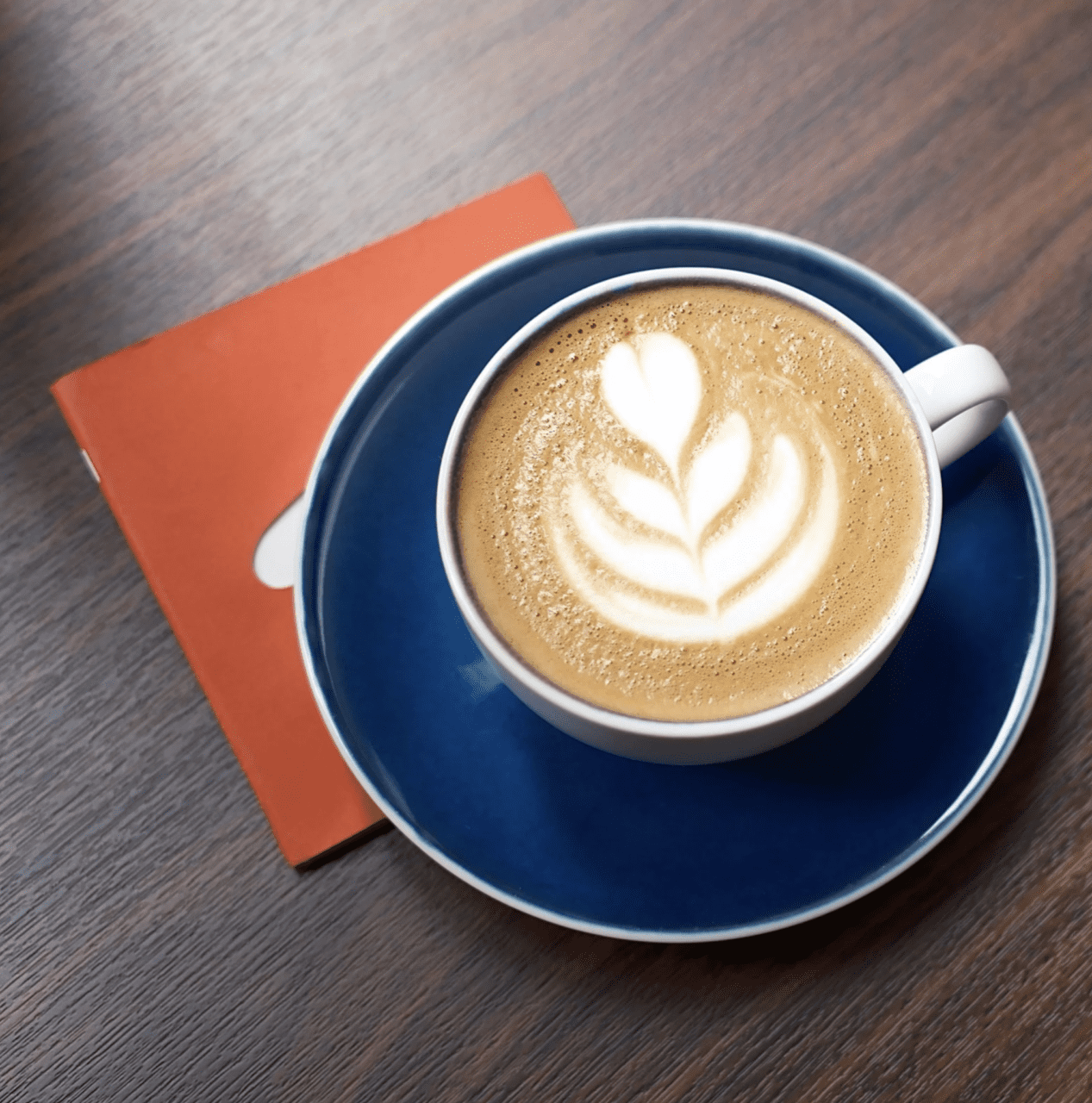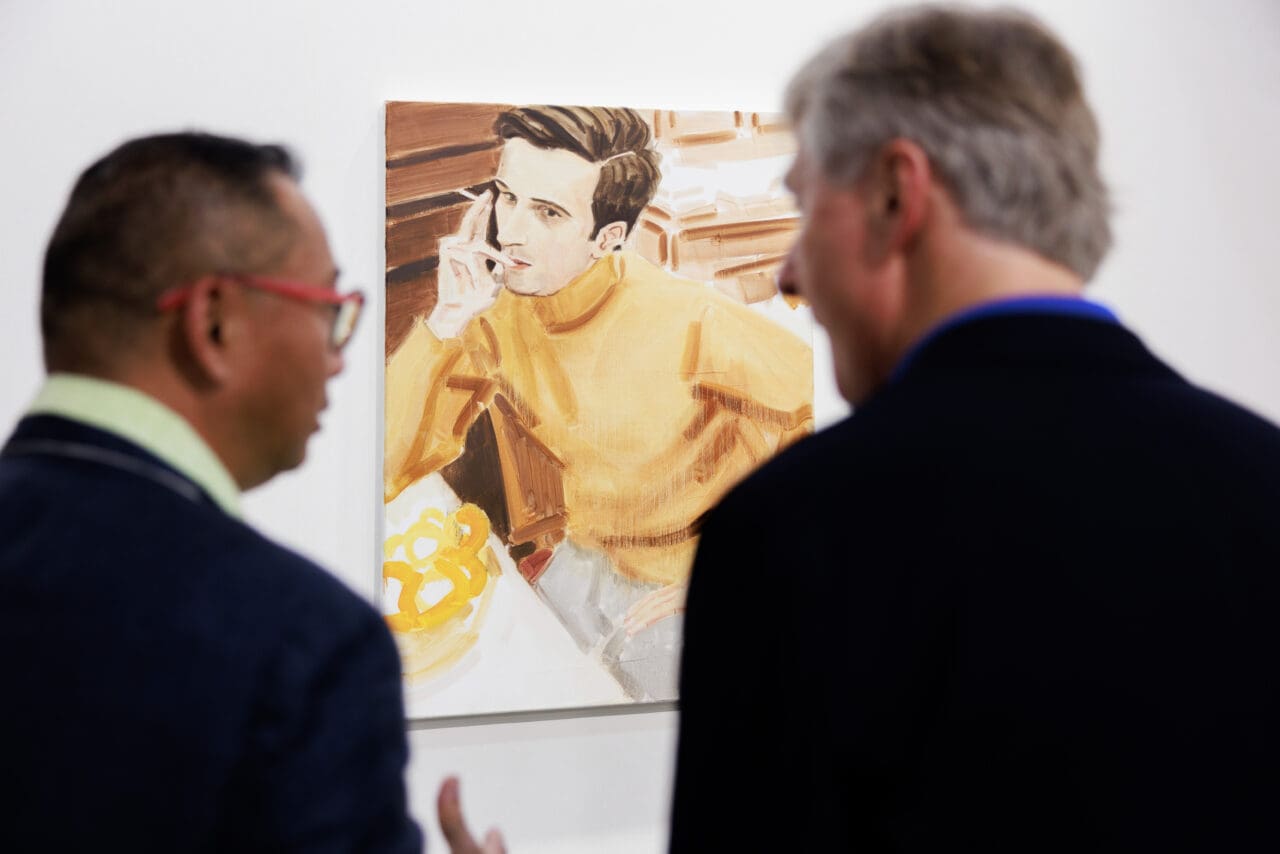For their first solo exhibition in Hong Kong, Giorgiko’s Darren and Trisha Inouye looked to possible linkages of where they were and where they were about to go. Back in the United States, where the husband-and-wife duo are based, Easter was fast approaching. At the same time, the Inouyes had just learnt of Hong Kong’s Tomb-Sweeping Festival, a day to commemorate your ancestors by visiting and maintaining their burial sites. It was on the shared themes of these holidays that the couple arrived at “The Seed of Peace”, a largely successful undertaking at Woaw Gallery.
“The idea of death, life, and peace were really on our minds,” says Darren. “We were directly inspired by the Easter story of Christ, his death and his resurrection, and how in that biblical story, it brings peace even though it starts with death. That’s the general theme behind all the pieces in the show. It’s kind of like death bringing new life; the whole idea that a seed is just a piece of organic matter and it takes planting and water for it to come to life. And then it reproduces itself. We loved that imagery.”
Standing in the midst of Giorgiko’s “The Seed of Peace” exhibition, one is confronted with the solemn faces of childlike characters, each carrying an invisible burden of their own. The subjects were charming and youthful, yet the room breathed a heavy sigh. Hung just by the entrance was one of their largest and newest oil paintings. It’s a six-foot-tall portrait of a brunette-haired girl in a blue smock who, with one hand, offers her pinky to seal a promise, yet with the other, crosses her fingers behind her back — a false pledge. This is Judith, one of Giorgiko’s new characters.
“She has the intention or desire to fulfil a promise but she also has that hubris of failing to see it through,” the duo explains. “All of our characters are struggling with some kind of personal character flaw in their pursuit of trying to find peace.”
Judith’s name takes Biblical reference from Judas, the disciple who betrayed Christ for thirty pieces of silver, helping the Romans to arrest and eventually, crucify him. “Obviously, in our mind when you read that story, that’s the bad guy,” says Darren. “But I don’t know if life is that black and white.”
Judith (2023), Giorgiko.
Courtesy of the artists and WOAW Gallery
In a sense, Judith is the female encapsulation of Judas and the internal conflict he represents to Christians. She is neither good nor bad, she is simply flawed. She is human. This is a feat that defines the full breadth of Giorgiko’s work. Now about eight years into building the Giorgiko universe, Darren and Trisha have crafted a highly rendered visual story of the human experience, though it may not have been their intention at the start.
The two met as students at ArtCenter College of Design in Pasadena, California, where their friendship quickly blossomed into love as well as admiration for each other as artists. When Trisha produced a children’s book for one of her classes—marking the conception of Giorgiko’s pink-haired main character, Wonder— it had so beautifully captured the feelings of fear, love and belonging that it brought Darren to tears.
Having become enraptured by Trisha’s illustrations and story-telling ability, Darren was constantly bringing up the idea of one day painting her characters. In 2014, that day arrived. About a year after they had graduated, the pair took part in Giant Robot 2 Gallery’s annual Post-It show, where they submitted Darren’s paintings of Trisha’s drawings. In hindsight, it was a truly pivotal moment for them, and Darren remembers it fondly. “They all ended up being sold, like right at the beginning of the show,” he recalls with an air of renewed surprise. “To the point where when we got there, we thought that the gallery just forgot to put them on the wall!”
View this post on Instagram
The couple continued to work together under the artist name of Darren & Trisha, but it wasn’t until after they got married that they decided to put aside their own creative endeavours and pursue a joint artistic venture. Coming from two drastically different art styles— Darren with more street influences and Trisha with her lovable illustrations— as well as dealing with differences in personality certainly proved to be a challenge, especially for Trisha, who admits it took her longer to process the partnership. “I think it was just a trust issue for me,” she says. “[Having to] be okay with all the compromise, collaboration, and releasing my own agendas. Darren went into it very innocently and just wanted to come in and support what I was doing, expand what I already had.” Darren chimes in to add that they’ve also just come to know their individual strengths. “Being married too, there’s no way you can hide from your weaknesses.”
But their work as a duo has grown to be something of its own, something beyond both Darren and Trisha themselves. Where simply painting Trisha’s illustrations was once the standard operating procedure, a new artistic process took shape as they continued working together. Trisha’s drawing style was evolving to adapt to the paintings, and Darren’s painting style would morph in ways that were both new and harmonious for the drawings. It was this gravitational shift in creation that justified the need for a moniker.
Originally just a hybrid of Darren and Trisha’s middle names George and Songyi, Giorgiko eventually gained more profound meaning through the artists’ own research. A serendipitous marriage of the Greek word for “earth-worker” and the Japanese suffix for “child”, Giorgiko is the perfect encapsulation of the world Darren and Trisha are building and the ideas they strive to communicate through their art. In Giorgiko’s artworks, wayfaring children dressed in mediaeval ruffs or trendy snapbacks are seen navigating their way through apocalyptic landscapes in search of something greater. Oftentimes they look ahead, towards a faraway goal, or cast their eyes upwards to chase dreams in the sky. Sometimes, they sit quietly amongst black dogs who are human nature personified, or the vices we believe help us cope. There’s a reason Giorgiko places these innocent children in seemingly unsafe territories.
View this post on Instagram
“Something that we really emphasise and really value within our artwork is the idea of connectedness with other people,” the duo explains. “Historical attire with street culture elements, although it’s very fun, has a deeper meaning. Regardless of time, place and culture, people all throughout the history of the world have struggled with some things. Five hundred years ago, people were falling in love or having their hearts broken, and five hundred years from now we will also be experiencing the same things. And so, something that we also see is that everyone has once been a child.”
Children too, are impressionable blank canvases for the grievances of the world. “At the very least we all experience emotional immaturity and when you have emotional immaturity like any child does, you experience emotion at such a high degree. You feel things so intensely.”
The Seed of Peace (2023), Giorgiko.
Courtesy of the artists and WOAW Gallery
As an artistic duo whose work is best described as illustrating the human condition, tackling pain and tragedy is almost a given. For Giorgiko, the topic of death and losing someone is one they have found themselves stumbling across. As the father to their two five-year-old sons, Darren confesses to worrying about the worst that could happen to their children. “The thought of losing a child is interesting because before we had kids, I didn’t know if I could love a kid. Like I kind of just saw them as annoying and messy, I couldn’t imagine being a father,” he admits.
“But I grew up with stuffed animals and I loved my stuffed animals. They were alive to me. I remember I would sit in bed, awake with my little Cuppy, a rabbit stuffed animal, hugging him and just thinking that if I lost him I wouldn’t know what I would do. I would basically be just unable to sleep at the thought of losing Cuppy. I had never experienced that struggle much until I had kids, and it brought me right back to that memory. It’s weird because you can’t even equate that—the loss of a stuffed animal and the loss of a kid. It’s interesting that I entered that headspace of a really traumatic loss.”
Dealing with such sensitive subject matters comes with responsibility, and Giorgiko offers a solution that stays true to the lasting impact they intend to leave with their artwork. “We want to work towards and look at healing. I don’t think our goal is to look at the trauma and just leave it there,” the duo stresses. “We all experience our fair share of trauma and so we don’t want to add to that, give people more trauma. We want to talk about it, look at it, but offer comfort as well. Let people feel seen. There has to be some end result to it that’s not just pain—we already experience that.”
Outta Control (2023), Giorgiko.
Courtesy of the artists and WOAW Gallery
Returning once more to the portrait of Judith, the duo extends a message that embodies the viewing experience of their works. “We look at that painting with a lot of hope. We hope that Judith can change; we hope that in the future this isn’t a defining characteristic of her whole existence. That would be tragic for us too. We look at each other with hope. We see ourselves in other people in that sense, and we want the best for those characters.” The objective, it seems, is to grant that same graciousness to ourselves and to the people around us.
To Giorgiko, rebuilding the human experience through oil paints and sketches is not merely a task of depicting life itself. In prioritising connectivity, Darren and Trisha effectively bring comfort in ideas that are relatable for both them and their audiences. At times it’s about identifying that common denominator between losing a ‘Cuppy’ and grieving a family member, or envisioning Wonder’s kindred soul that she may never encounter. Sometimes it’s about letting their characters grow into their own until they’re ready to be named. Giorgiko captures the complexities of being alive, and repackages them with ribbons of hope for the rest of us to grab on to. Perhaps then we’ll see life for the gift that it truly is.
Editor
Alyanna Raissa J. PayosCredit
Lead image: Courtesy of WOAW Gallery





